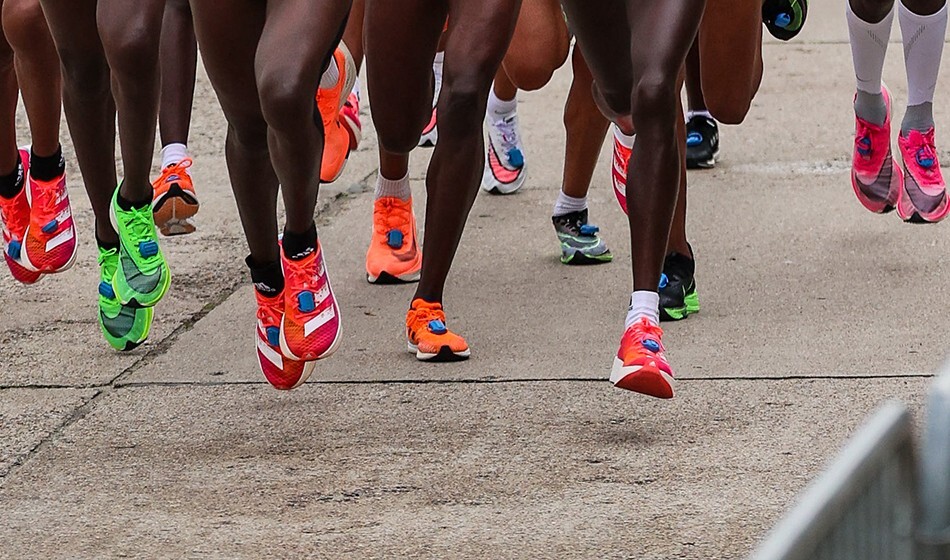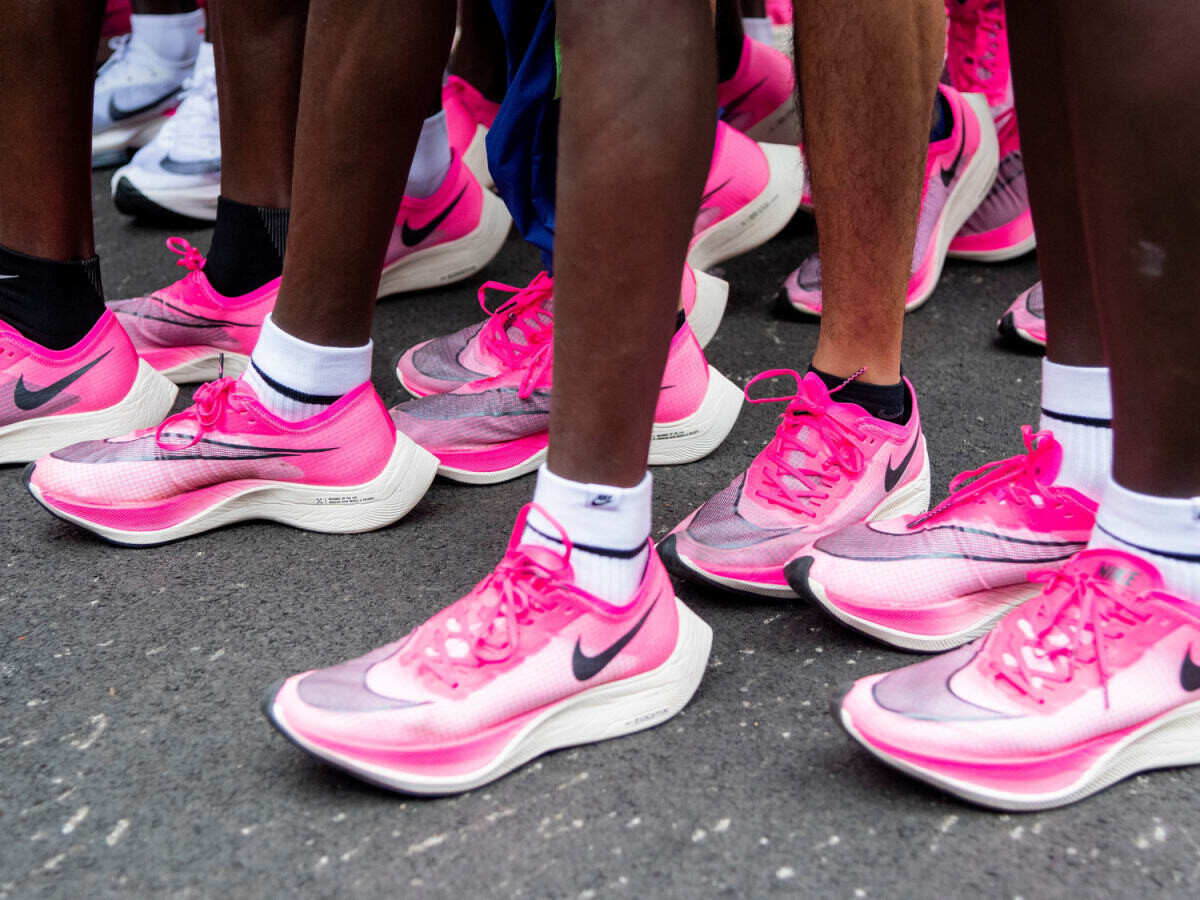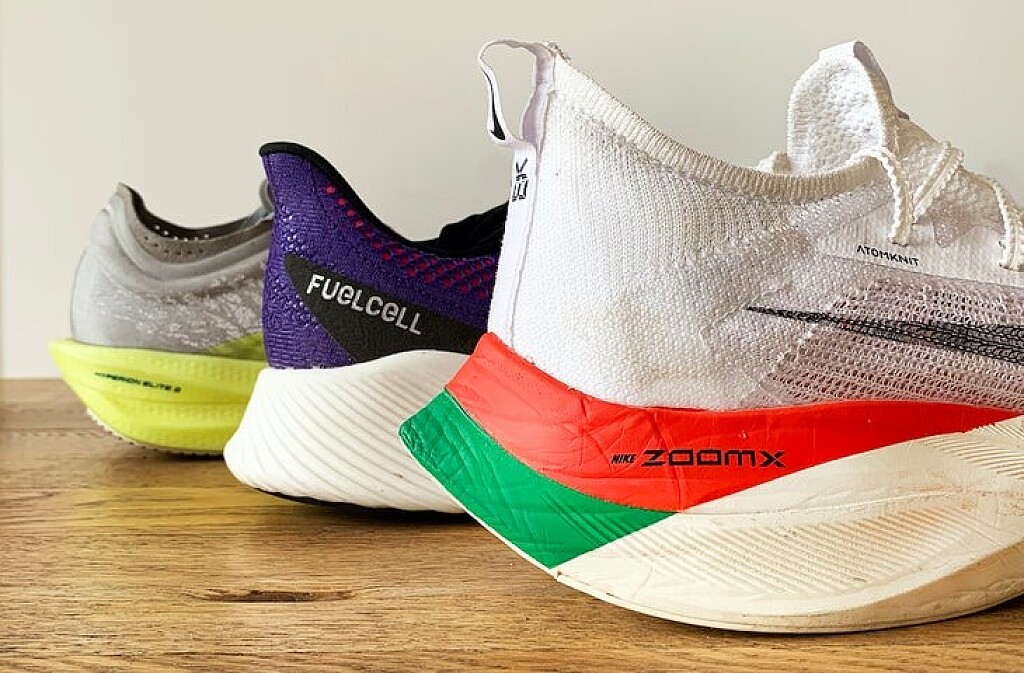Running News Daily
Running News Daily is edited by Bob Anderson. Send your news items to bob@mybestruns.com Advertising opportunities available. Train the Kenyan Way at KATA Kenya and Portugal owned and operated by Bob Anderson. Be sure to catch our movie A Long Run the movie KATA Running Camps and KATA Potato Farms - 31 now open in Kenya! https://kata.ke/
Index to Daily Posts · Sign Up For Updates · Run The World Feed
Are the thicker shoes faster?
The recent disqualification of the Derara Hurisa from the Vienna marathon was the first high-profile disqualification of an athlete for a violation of the new footwear rules from World Athletics on the roads.
Hurisa’s shoe, the Adidas Adizero Prime X, had all the ingredients of a super shoe, including better foam with rigid pieces embedded. But it had one distinctive quality: It was thicker than the current regulations allow.

This revisits the classic question around the rules: Are thicker shoes faster?

The answer is nuanced, but it boils down to this: Faster shoes are thick, but thicker shoes aren’t necessarily faster.
The shoes of today that are helping athletes run faster do so from the interaction between more perfect foam (lighter, softer, and more resilient polymers) and rigid architectural pieces (curved and embedded stiff plates and rods). In 2020, World Athletics put regulations in place to manage the potential performance advantages by limiting the thickness of the shoes and the extent of those architectural features. For a detailed look at the rationale for the sole thickness regulation strategy, Adding more of the foam to the bottom of runners’ feet is likely to be beneficial for two reasons.
First, its greater compliance (softer cushioning) and its higher resiliency (greater energy return) help the runner to run more efficiently by wasting less energy step-to-step and recycling more energy underfoot. If the foam is functioning like a spring, a longer and longer softer, more perfect spring can store more and more energy and give more and more of it back.
Second, the foam provides a three-dimensional matrix within which to put the aforementioned rigid pieces. The specific mechanisms of how and the extent to which the rigid pieces (e.g., curved carbon fiber plates or rods) are beneficial are still being elucidated, but it’s likely helping the body both use the benefits of that foam—the foam on its own it may be too soft or unstable—and and by subtly manipulating the runner’s mechanics to more efficiently move through foot strike. These benefits are great, in theory, as they allow us to augment the runner’s legs with elements that ostensibly function better than the human body’s own elastic structures without fatiguing.
by Colorado Runner
Login to leave a comment




